by Steve Selden | Mar 10, 2017 | Churchill News
Environment Canada defines blizzard conditions as visibility is less than 400 m resulting from blowing and/or falling snow for a minimum of four hours. Well, Churchill endured these conditions and more for over 56 hours and now the digging out begins.
Between 9 a.m. Tuesday and 5 p.m.Thursday the town and region was under siege from mother nature’s wrath and was under full blizzard conditions. Now the town looks like the north pole. Wind and frigid conditions have prevailed hindering clean – up efforts and it will be awhile before the town is functioning normally.
Peak gusts of 105 km/hr kept the town at a standstill with only the health center open after the loading dock was cleared and used as an entrance for patients. As usual in Churchill, snowfall will be hard to measure within town limits as the wind gusts move the snow into massive drifts. More accurate measurements can be found in the boreal forest but hard to reach for sure.
These photos are pretty unbelievable and are the most snow we have seen from one system in decades! What a ride the last few days have been for all the hearty Churchillians! We should be getting some epic northern lights shots within the next week with unique snow formations in the frames.
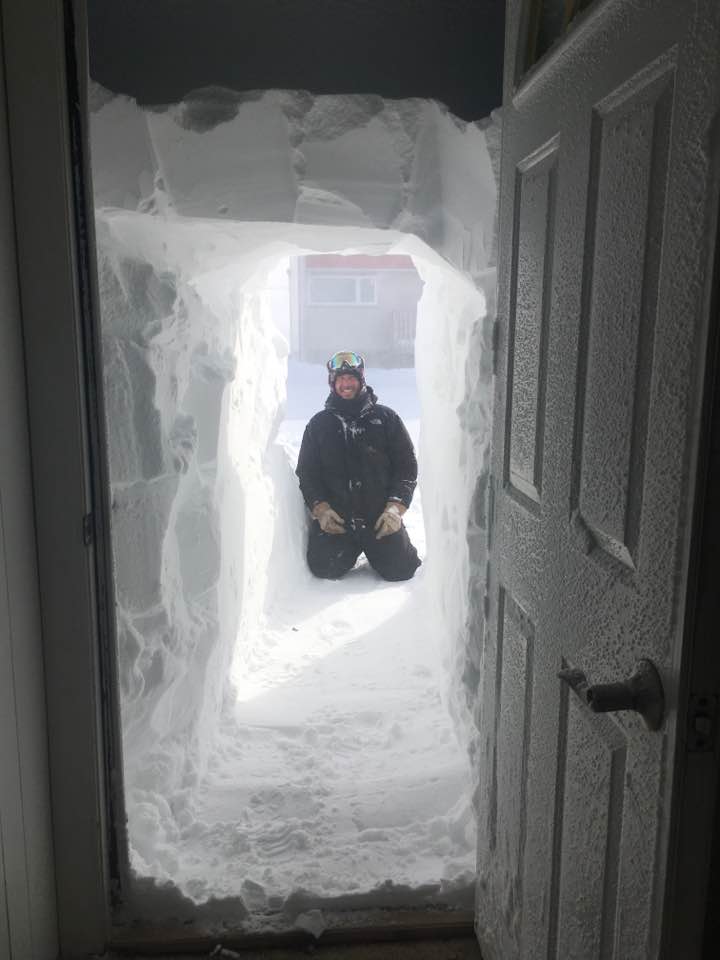
An eight-foot tunnel of snow to get into the house! Kelly Turcotte photo.
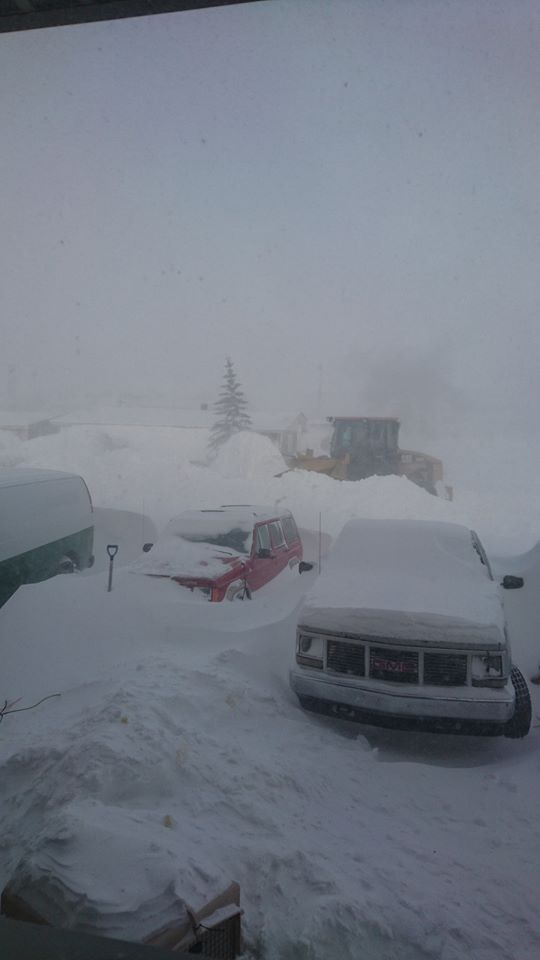
Churchill’s loader clearing the streets finally. Jodi Grosbrink photo.
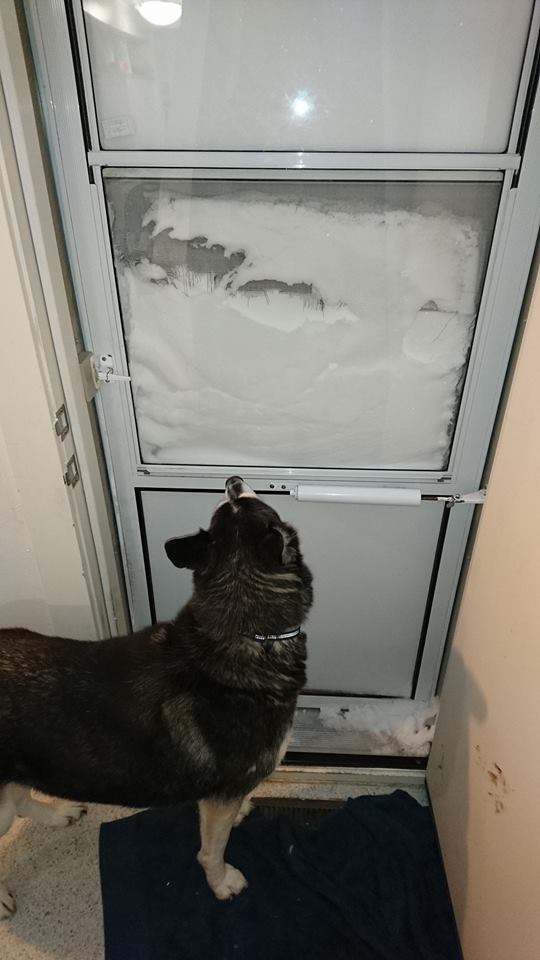
No way out of the human door even. Jodi Grosbrink photo.
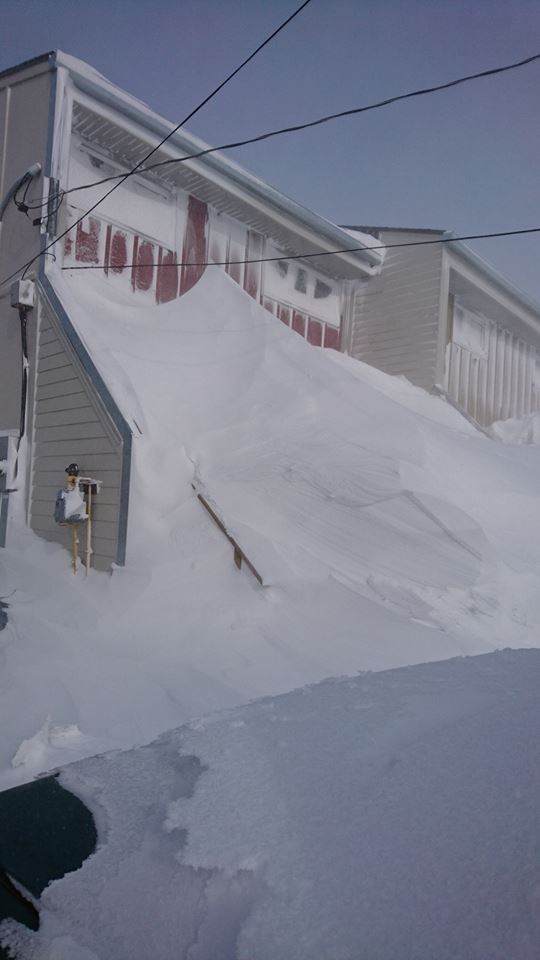
Snow piled up in Churchill all the way to second story of apartments. Jodi Grosbrink photo.
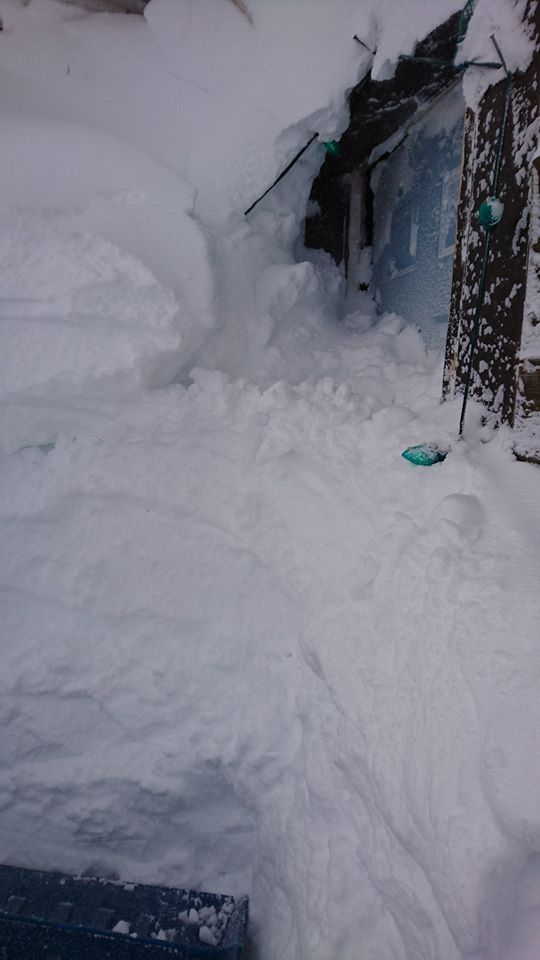
Churchill is surely snowbound. Jodi Grosbrink photo.
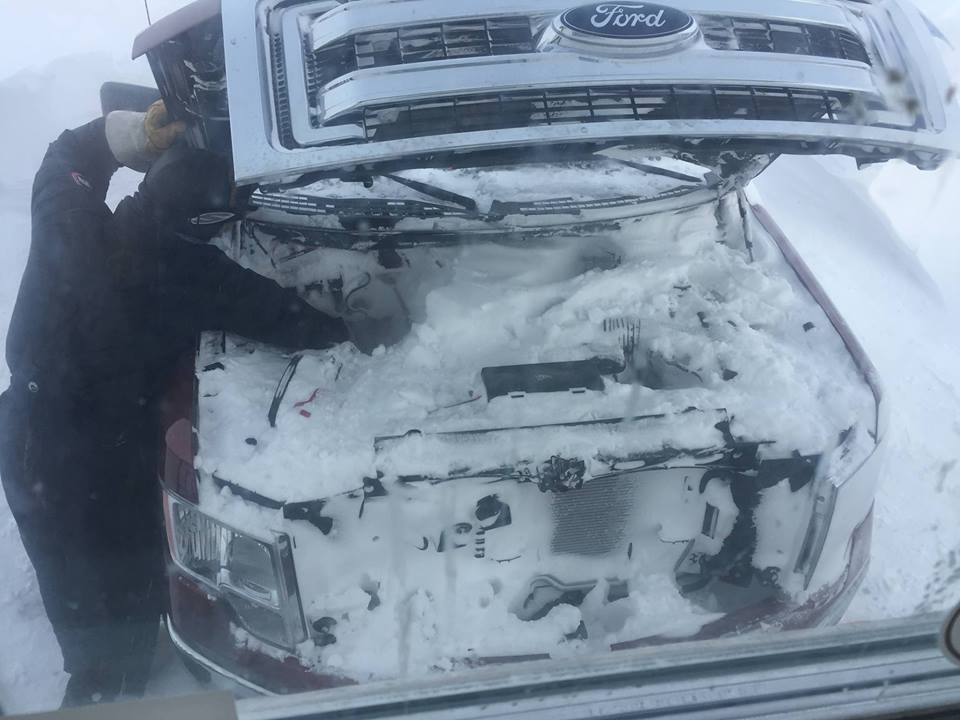
Engine compartment of a Churchill vehicle. Belinda Fitzpatrick photo.
by Steve Selden | Mar 8, 2017 | Churchill News
A hellacious blizzard is continuing to bury Churchill with heavy, drifting snow. People have been advised to remain inside and stay safe until the weather lets up sometime on Thursday. In many cases leaving the house isn’t a choice as snow buried any access to doorways anyway. Northern lights will obviously be obscured for awhile as the storm rages on. This is by far one of the most incredible storms in a long time that the town of Churchill has experienced! Stay safe and hopefully the newly updated Hydro system will keep power on!
Check out this video on location in Churchill!

Snow creeps up to the edge of window in Churchill. Kelly Turcotte photo.

“Snowed in” just got real! Kelly Turcotte photo.

Blizzard causes havoc in Churchill! Jodi Grosbrink photo.

Buildings are barely visible in Churchill. John Hrominchuk photo.

Dogs getting out in Churchill blizzard. Jodi Grosbrink photo.
by Steve Selden | Feb 7, 2017 | Churchill News
In a time when the Canadian Arctic is the focus of energy and trade route exploration, there are human cultural issues that need to be part of the picture as well. Maatalii Okalik, is a young advocate for the ever expanding Inuit youth population and her passion is ensuring all young people of the north will be able to live to the same standards as other Canadians. The 27 – year old is president of Canada’s National Youth Council and her mantra is just that,;“to ensure that Inuit live the same quality of life as fellow Canadians.”
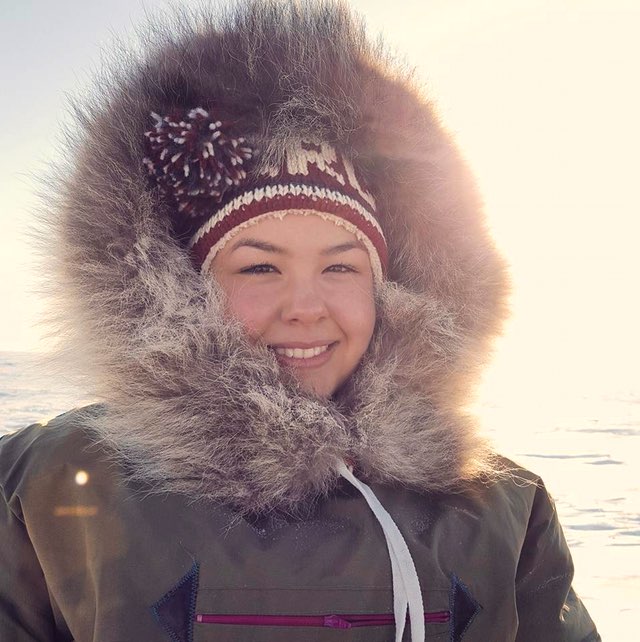
Maatalii Okalik Pres Natl Inuit Youth Council. Maatalii Okalik photo.
Okalik knows the road to Inuit health and education equality will be long and winding and will require hurdling deep – rooted social issues frozen in Canada’s colonial history. Okalik fervently believes that the federal government needs to be more active in revitalizing cultural practices, preserving and facilitating native languages, preventing suicides and upgrading and possibly subsidizing some infrastructure problems.
In Okalik, it appears the Inuit young population will have an inspired advocate for years to come. She was recently bestowed the honor of Indspire Laureate, given to Canadian indigenous professionals and young people demonstrating exceptional achievements in their chosen career. Additionally, Okalik was rewarded with the Qulliit Nunavut Status of Women Council’s Outstanding Young Woman Award!
Arctic Deeply, a northern publication recently interviewed Okalik and she conveyed some pretty informative and interesting thoughts on life in northern Inuit communities. Describing the most pressing concerns and issues of Inuit youth Okalik outlined a basic long – term action plan.
Foremost is the Inuit language -Inuktitut- not being allowed in residential schools. English has been forced upon students therefore degrading the native language of the Inuit people. Okalik contends that federal government in Ottawa should actively push to ensure that Inuit youth should be able to access crucial learning materials in their native language. This would set a basis for equitable education for all Canadians. When the Inuktitut language is watered down the culture will slowly be lost when exposed to the rest of the world.
Secondly, Inuit culture and customs have been identified as an identity crisis currently for Inuit youth. As the youngest, fastest growing population in Canada, Inuit youth are finding cultural practices hard to keep up with. School and work and raising young families impose time and cross – cultural constraints on the continuation of age – old Inuit culture. Youth programming has been seen and proposed as a solution. tradition and modernity need to be woven together more smoothly so to ease the differences between the two.
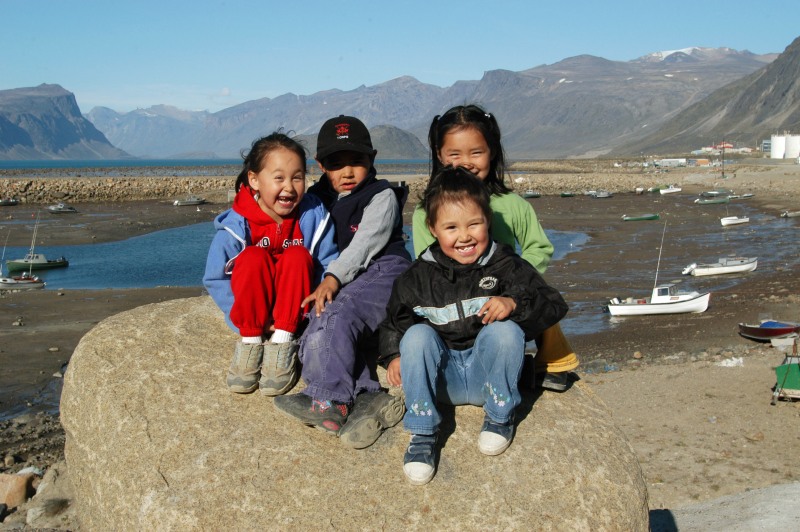
Inuit children in Pangirtung, Nunavut. Robert Galbraith photo.
The third, and most pressing issue, is suicide prevention in the north within the Inuit population. Inuit suicide rate ranks highest within Canada as well as internationally per capita. Okalik and her colleagues contributed to the national Inuit suicide prevention strategy identifying suicide historical tendencies and plans to control them in Inuit communities.
In all these issues it’s crucial to have Canadians as a whole understand the vast gap in social services whether it be housing, food insecurity, cultural access for youth, education or access to quality and equal health care. With Inuit communities existing on the lower end of the spectrum here, there needs to be help assimilating the people to a better way of life being exposed to them from outside. “To me it just doesn’t make sense for Inuit in our particular communities to be living in Third-World conditions. There should be a priority of Canada to address that inequity. It would be a proactive measure that would prevent some of the dire statistics, including our suicide rates.” states Okalik.
Okalik feels her dreams and definitive career moment will be when all Canadians, including Inuit, enjoy the same quality of life. “I think I’m happiest when I see understanding in someone’s eyes – whether that’s an Inuk youth who learned about the history of colonization, or a federal bureaucrat or high-level minister who decides that this should be a priority and it’s a basic human right.” Then that person might be motivated to try and solve the dilemma and possibly influence policy decisions that might impact Inuit in a favorable manner.
Okalik’s near – term hopes are for the federal government to follow through with the Truth and Reconciliation Commission’s call to action #66 restoring power to indigenous communities all across Canada including most urgently Inuit communities in the Arctic. “The other thing that I think that I’d like to see is the telecommunication of the Canadian Arctic to be at par with southern Canada, including internet and phone. We recognize that these are essential services. It’s not at par in the Arctic. That influences education. It’s really important. Especially when, across the Arctic, we don’t have hospitals in all of the communities. Telehealth for example, is something that’s being explored. We should have access all across the board. As well as internet.”
Lastly Okalik believes that air services across the Nunavut settlements need to become more essential since there are no roads to communities. Many of the social inequities pointed to here are critically impacted by this transportation mode.
by Steve Selden | Jan 3, 2017 | Churchill News
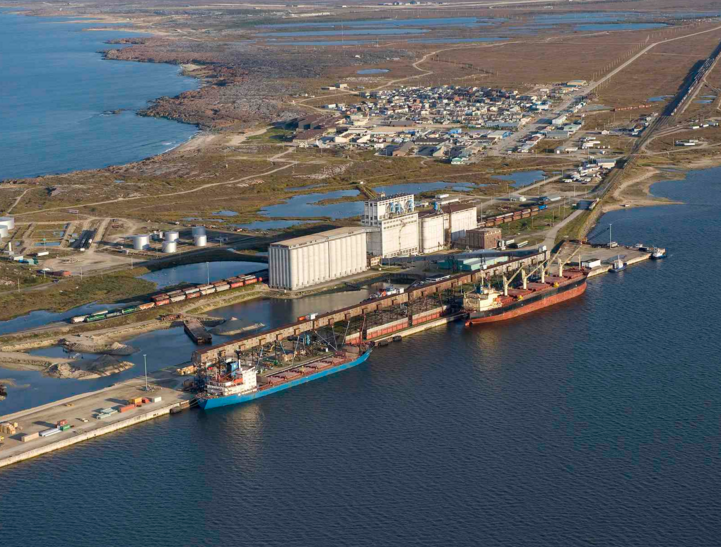
The Port of Churchill sale expected to go through soon. Port of Churchill photo.
Current Port of Churchill owners OmniTrax Canada and a group of northern Manitoba First Nations, known as the Missinippi Rail Consortium, have finally agreed to seal the deal that will hopefully get the facility running again.
This agreement will allow the First Nations Consortium to begin lining up customers and vendors ahead of the 2017 grain season so to insure a smooth transition in bringing the port back up to par.
In a press release statement from omnitrax the company stated, “This step was taken after a year of due diligence and the signal from the consortium that it intends to move forward,” Omnitax has owned and operated the port and rail line since 1997.
“We are grateful that OmniTrax Canada believes in our process and our people and is willing to get started now,” said Chief Arlen Dumas of the Mathias Colomb First Nation, which has led the consortium.
“Ensuring First Nations ownership in these assets is a vital part of ensuring long-term viability in the north. Now we need the government of Canada to complete their review so that this process can be concluded as soon as possible.”
“It is a pleasure working with Chief Dumas. The chief’s leadership, consideration and thoughtfulness have allowed us to ensure a great home for these assets with the Manitoba northern First Nations,” said Merv Tweed, OmniTRAX Canada president.
“He has taken bold steps to prove his commitment to the transaction and we are eager to see it come to fruition in the coming months.”
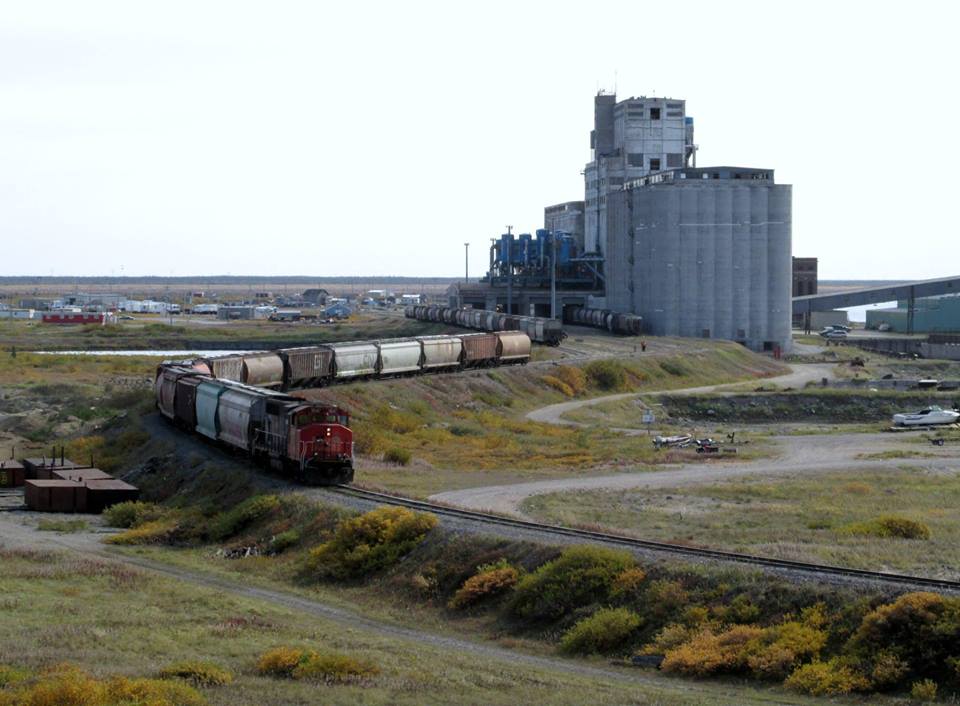
This past July OmniTrax announced that the port was closing much to the surprise of Churchill townspeople and government officials. Layoff notices followed almost immediately to the roughly one in 10 Churchill residents employed at the port and the accusations began to fly. Municipal leaders, politicians and organizations representing agricultural producers all spoke out against the shut down and called for the reopening of the port. It didn’t happen but perhaps the local ownership will prove to be the answer to the problem.
by Steve Selden | Dec 21, 2016 | Churchill News
Outgoing President Barack Obama executed a critical order on Tuesday by banning any new gas and oil drilling in federal waters in Arctic and Atlantic Oceans. The move comes as an environmental safeguard prior to the new Republican administration taking office January 20th lead by President elect Donald Trump.
Utilizing a 1950s-era law termed the Outer Continental Shelf Act, Obama used the power of President to limit areas from mineral leasing and drilling. Trump’s incoming administration will only be able to challenge and change the edict by fighting it in court according to several environmental groups agreeing with the order.

Map of the Arctic waters to the north of Alaska just protected by President Obama. BOEM image.
The Alaskan waters ban affects 115 million acres in the Chukchi Sea and most of the Beaufort Sea as well as 3.8 million acres in the Atlantic Ocean. A main concern of environmental advocates regarding fuel exploration in the region is the devastating affects an oil spill or gas leakage in the oceans would have on the ecosystems. Such a remote and harsh climate would severely limit the capabilities of clean-up crews and emergency response teams. Wildlife such as polar bears, whales, seals and fish would be harmed and populations of the animals could be irreversibly destroyed.
Trump has continually stated that he will seek to expand offshore oil and gas drilling in the waters north of Alaska. Recent releases from his energy transition team predicted increases in production in the Chukchi and Beaufort Seas. These forecasts have been dealt a serious blow and are likely “dead in the water” at this time. Trump spokespeople would not comment on the actions.
Very limited oil and gas exploration has been happening in recent years as less expensive shale oil production primarily out of Texas and North Dakota has been the priority. Drilling off Arctic shores in Alaska is more expensive and risky in nature. Most notably, Shell Oil pulled out of the waters just last year following a shipping accident and limitation laws discovered by environmental groups limiting exploration.
Proponents for drilling such as the American Petroleum Institute, an oil industry group, stated that Trump would be able to use a presidential memorandum to lift the ban rendering the move by Obama obsolete. “We are hopeful the incoming administration will reverse this decision as the nation continues to need a robust strategy for developing offshore and onshore energy,” said Erik Milito, API’s upstream director.

A view over the now protected Arctic waters from Barrow, Alaska. NASA photo.
Obama and Canadian Prime Minister Justin Trudeau are in agreement with protecting Arctic waters. The two leaders are initiating joint actions and these actions “reflect the scientific assessment that, even with the high safety standards that both our countries have put in place, the risks of an oil spill in this region are significant and our ability to clean up from a spill in the region’s harsh conditions is limited.” stated Obama.
In similar action Trudeau and Canada will designate all Arctic Canadian waters off limits indefinitely to any future offshore Arctic gas and oil licensing. These sanctions will be reviewed every five years through a climate and marine science-based life-cycle assessment. Obama’s action, unlike the five year review applied to the Canadian law, contains no designated analysis period outlined for the U.S. law.
Under current law, authorization is not granted for reversing a previous presidential order of this kind so efforts by Trump to challenge this move will most likely need to be taken up in court via a lawsuit.
“No president has ever tried to undo a permanent withdrawal of an ocean area from leasing eligibility,” said Neil Lawrence, Alaska director and attorney at the Natural Resources Defense Council.
by Steve Selden | Dec 13, 2016 | Churchill News
After last year’s cold temperatures in the heart of northern lights season permeated the Aurora Pod, Great White Bear Tours and Natural Habitat Adventures collaborated to install a new heater to supplement the ambient pellet stove. The new diesel heater is the same one found on all of Great White Bear’s polar rovers and should allow for a quite comfortable experience even in the deepest cold of winter. Can’t wait to see how it performs while the fantastic aurora borealis glimmers above by the Hudson Bay coast!

The new super efficient heater installed on the exterior of the Aurora Pod. Great White Bear Tours photo.

A sleek, space – saving heater exhaust and intake in the Aurora Pod. Great White Bear Tours photo.

Natural Habitat’s Aurora Pod under the northern lights in Churchill. Alex De Vries Magnifico photo.





















